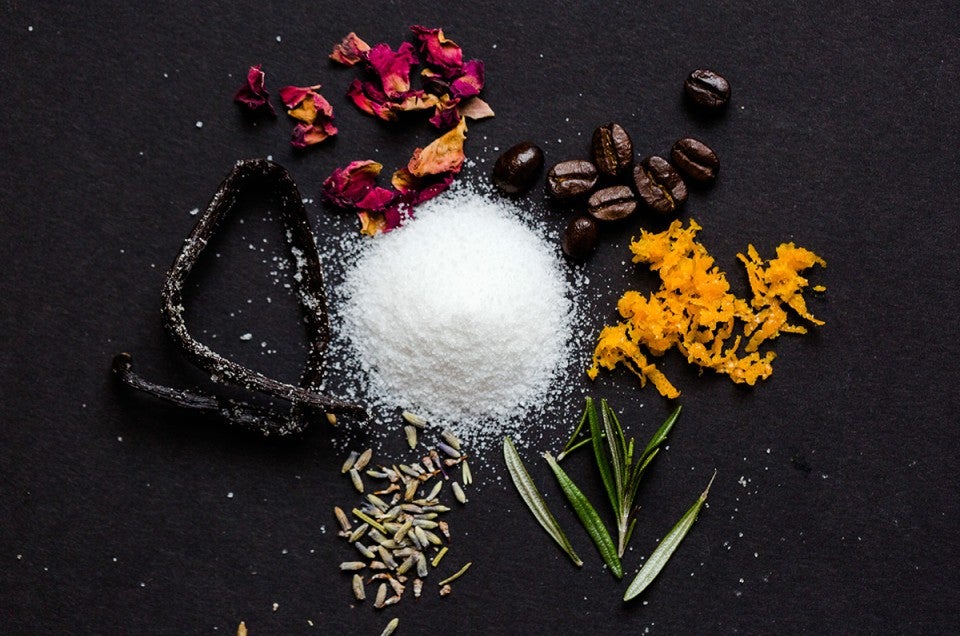


There’s a whole world of flavor waiting to be unlocked within an incredibly basic ingredient: sugar. Typically used in its familiar white granulated form, it offers only a single flavor note of sweetness. With a little bit of creativity in the kitchen, sugar can become so much more than that. We’ve fallen head over heels for toasted sugar, and now we’re ready for more sugar creations — bring on flavor-infused sugar!
By adding just an ingredient or two to granulated white sugar, you can make incredible flavored sugar in more varieties than you can imagine.
We’re going to show you how to make vanilla sugar and five other flavor-infused sugars. They make perfect gifts — though you may want to keep them for yourself.
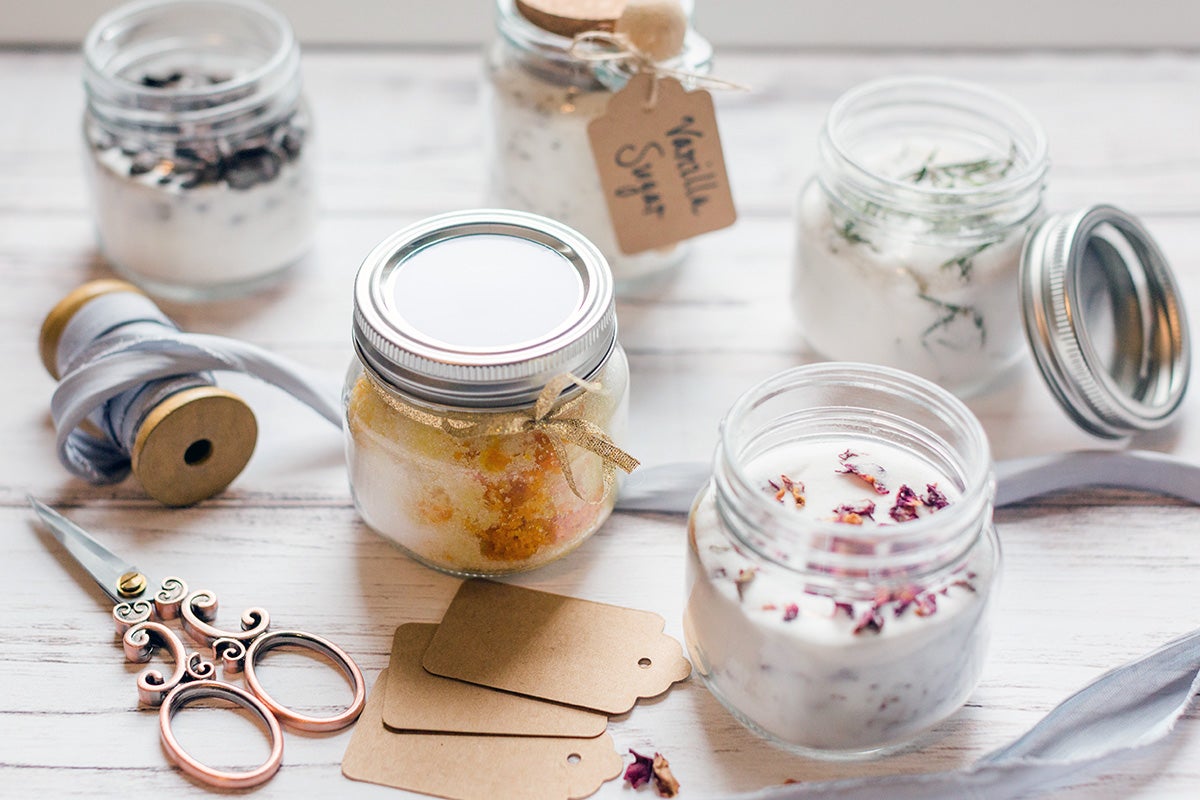
Let's explore two different ways to add flavor to sugar: the "infusion" method and the "addition" method.
One method for adding flavor to sugar is burying whole ingredients (like coffee beans or vanilla beans) in a container of sugar. Over time, the oils and small particles from the ingredient impart aroma and flavor into each spoonful of sugar.
With this approach, the source of the flavor isn’t usually consumed along with the sugar. It’s either removed before it's used or simply left in the container to continue infusing the remaining sugar.
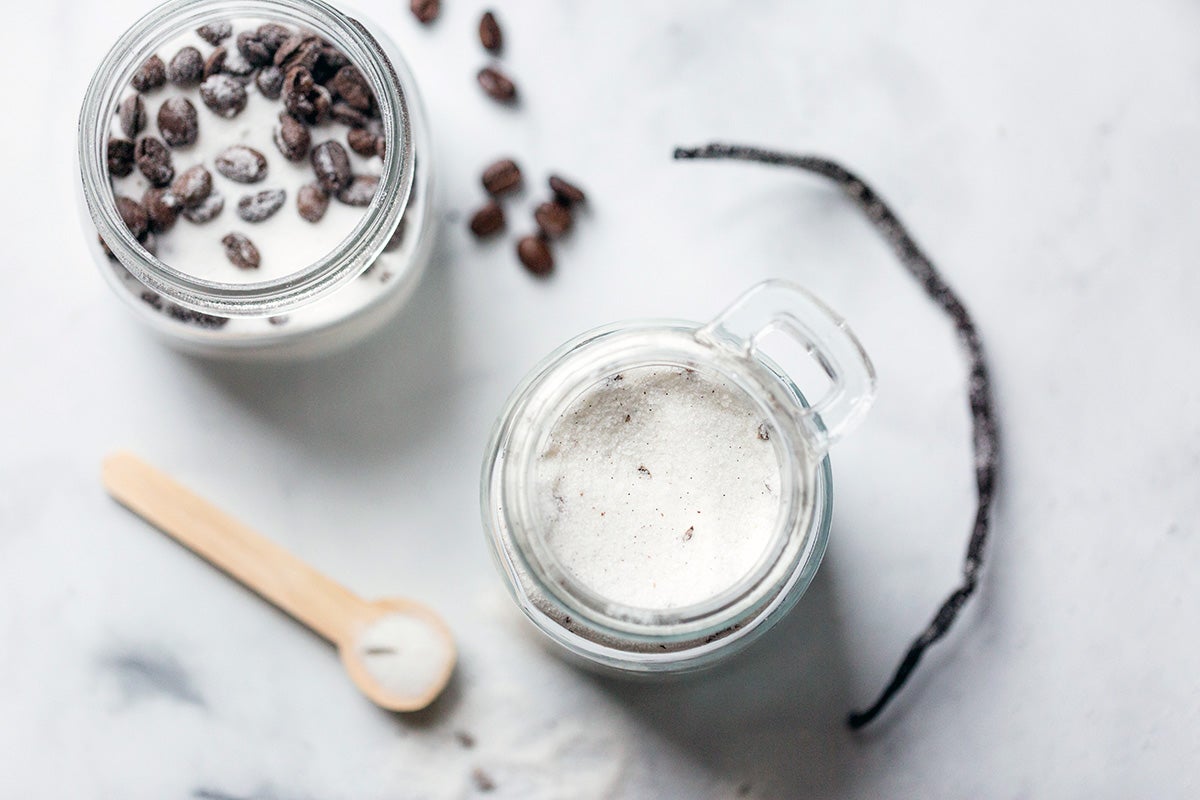
Pros: It's easy to identify the flavor of the infused sugar if it still has the ingredient in it — plus it looks elegant, adds some color, and makes a nice gift.
Cons: The flavor can be subtle, and infusion takes time.
Addition: Blend ingredients into sugar
Another way to make flavored sugar is to blend ingredients (sometimes using a food processor) into sugar. With this approach, the flavorful ingredient and sugar are consumed together. This technique works well for delicate ingredients like flower petals, as well as extracts.
Pros: The sugar is fully flavored immediately after blending; it’s ready to use or give as a gift.
Cons: It can be difficult to identify the flavor visually, since the ingredient is usually broken down into small pieces (if present at all). If the flavor is imparted by means of extract, the additional moisture can make the sugar clump slightly.
We’ll offer both infusion and addition versions of all the flavored sugars, so you can choose what works best for you.
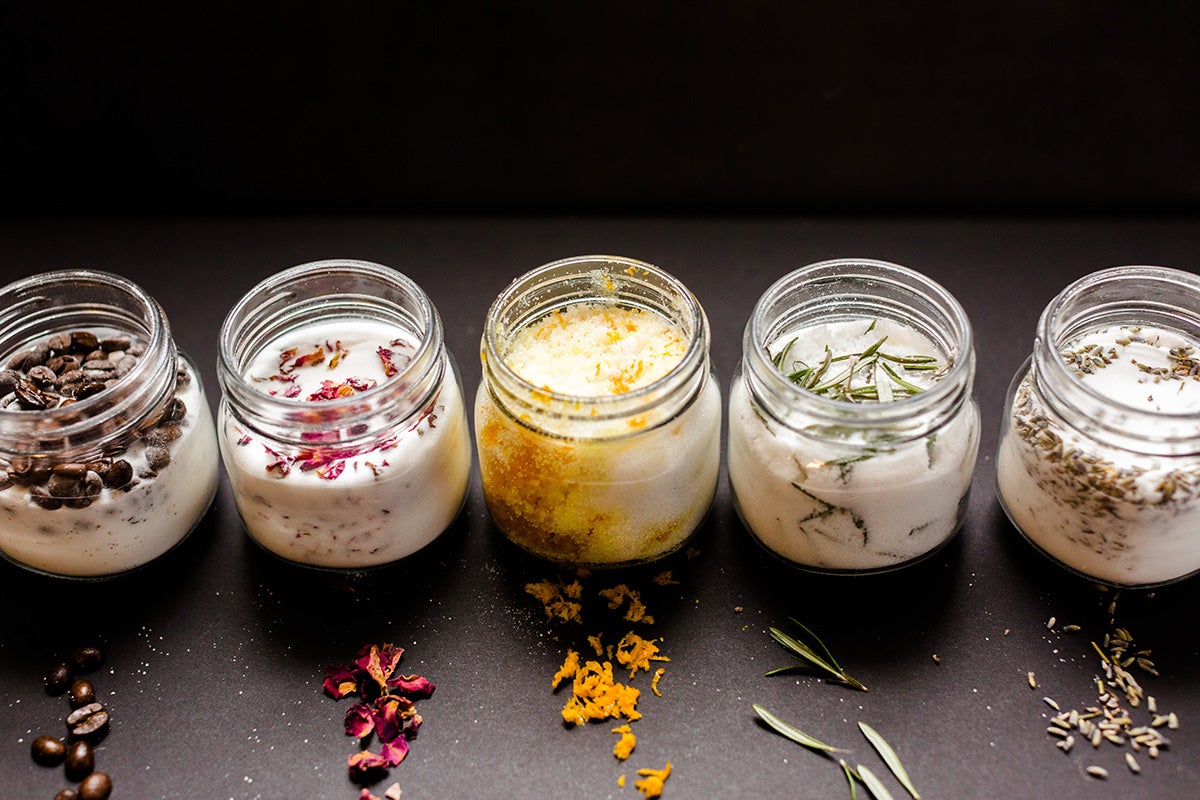
Let's introduce the six flavored sugars we're most excited about!
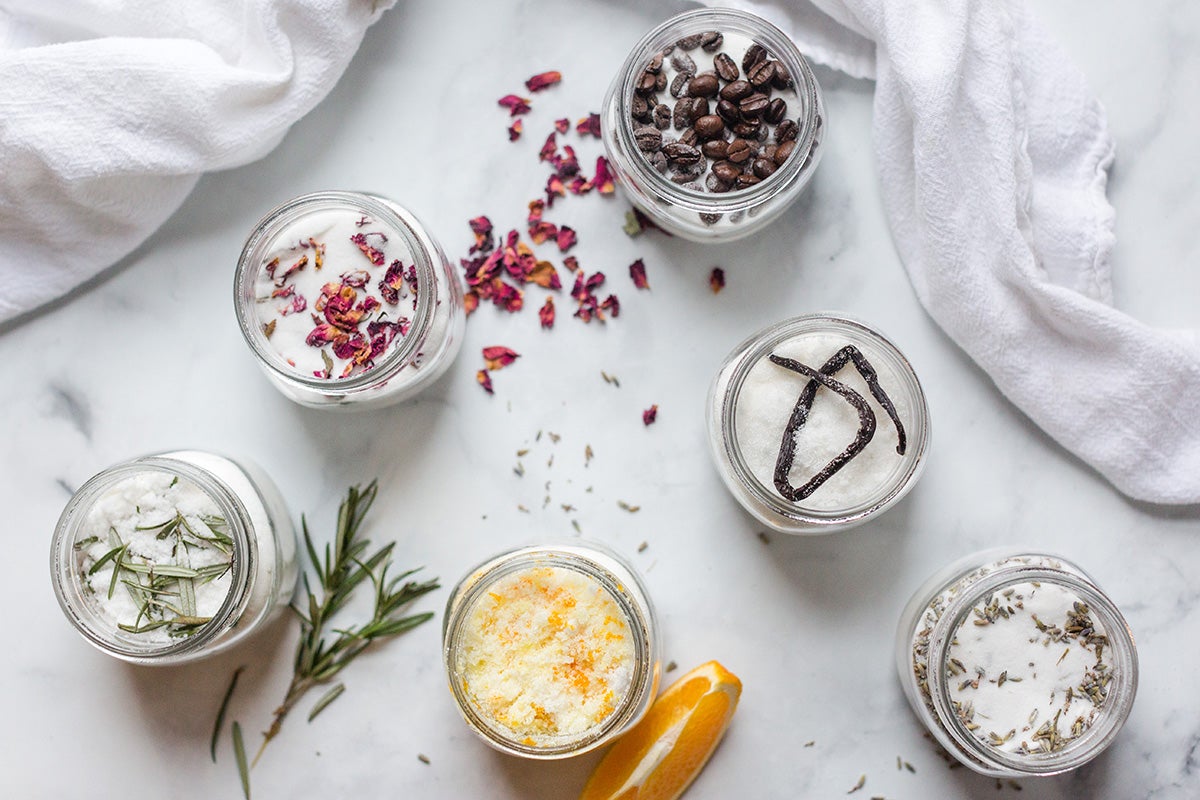
Note that there aren’t weights listed for the infusions and additions below. You can use about 1 cup of sugar without being exact. For those of you who want to use a scale, 1 cup of granulated sugar weighs 198g.
Vanilla sugar is the cream of the crop in the flavored sugar world. Vanilla beans are valuable and so is time — two important ingredients in well-made vanilla sugar. The final product is complex, aromatic, and can elevate a basic recipe (or cup of coffee, I might add) to new heights.
Split the vanilla bean lengthwise for a more robust flavor. This will also add flecks of “vanilla caviar” (seeds inside the pod), which looks stunning.
You won’t need as much of the bean since you'll be using the entire thing, pod and all. Start with using half a bean, adding more if you're working with small beans.
Best used: Sprinkle on top of sugar cookies or snowball cookies; add to coffee.
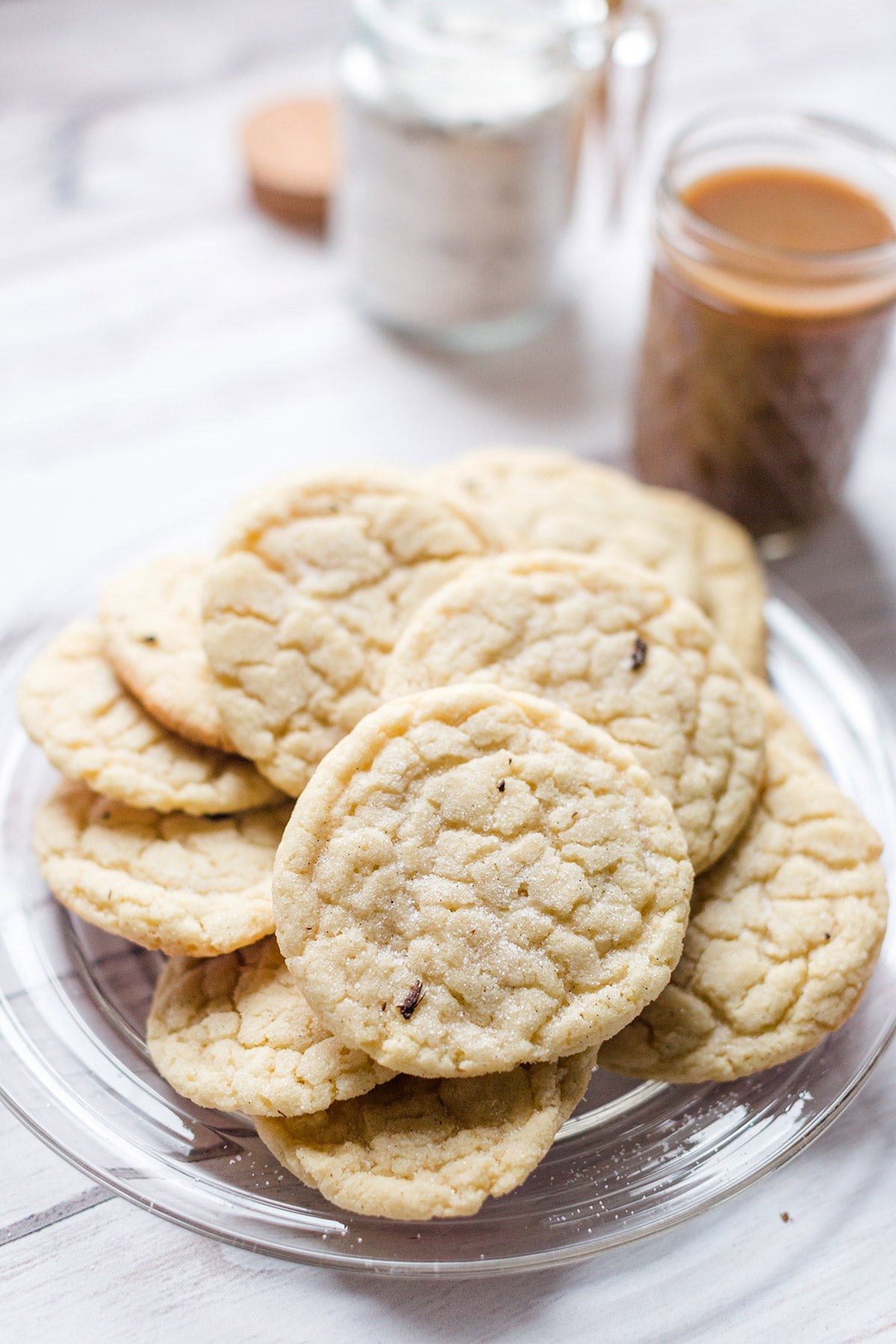
When it comes to citrus sugar, you have options. My personal favorite is orange-flavored sugar because of the nostalgic smell; it reminds me of eating oranges while sitting in the sand (my family's go-to beach snack). You can also play around with lemon, lime, and grapefruit sugar.
*Finely grated rind of orange, grapefruit, lemon or lime.
Even if you're relying on citrus oil to impart the majority of flavor in your sugar, add a bit of fresh zest for color.
Best used: In practically any baked good made in wintertime; as a brightly flavored topping on muffins or quick bread, or in fruit pies.
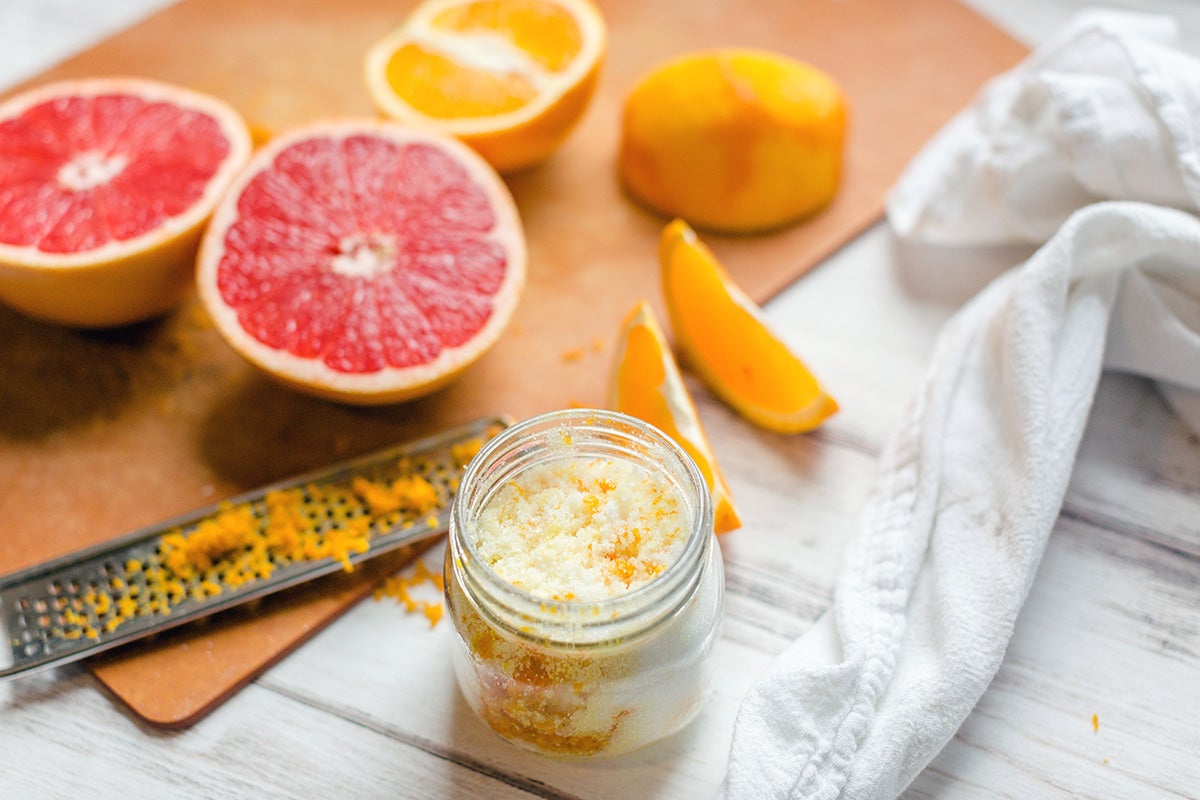
Remove the coffee beans before using the sugar for subtle flavor. Or, after the sugar has infused for about a week, pulse the sugar and beans together in a food processor for strong flavor (which technically combines the infusion and addition techniques).
For best results, use real espresso powder rather than instant coffee powder. You'll get more flavor and zip out of the real stuff.
Best used: As a coating for chocolate truffles or sprinkled on top of a chocolate cake.
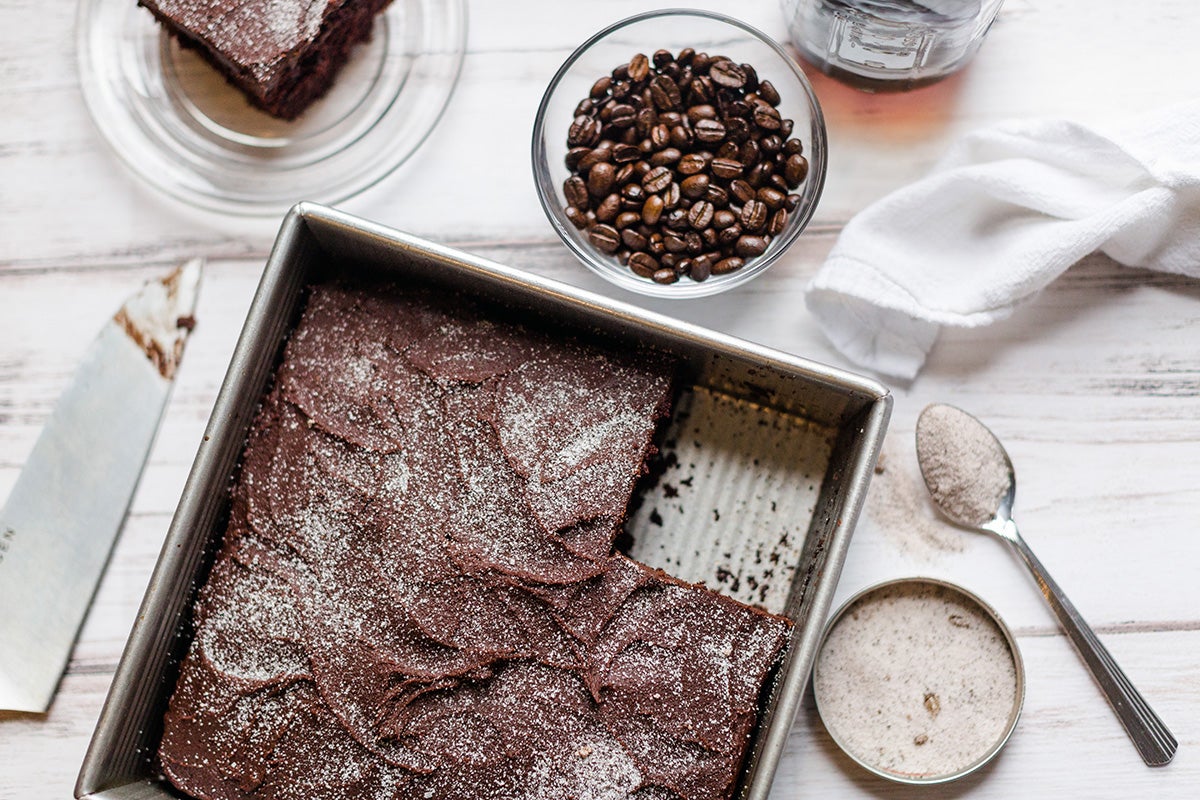
Sift out the lavender flowers before using for a smooth, pure look. The sugar will have a floral aroma and a hint of lavender taste.
Use this method if you're looking for light purple flecks and added texture in your baked goods.
Best used in: Sponge cakes or shortcakes; sweets you'd serve at tea time.
Like with lavender flowers, sift out the rose petals before using for a nuanced flavor. A long infusion period will maximize the smell and taste of the final sugar.
If you don't have rose petals, you can try using rose water instead. We've found that some varieties have a borderline soapy taste, especially if too much is used. Be sure to start with a small amount (about 1 scant teaspoon per cup of sugar) if you want to give this approach a try.
Best used: To sweeten whipped cream, tea, or cocktails; anything that you want to seem fancy.
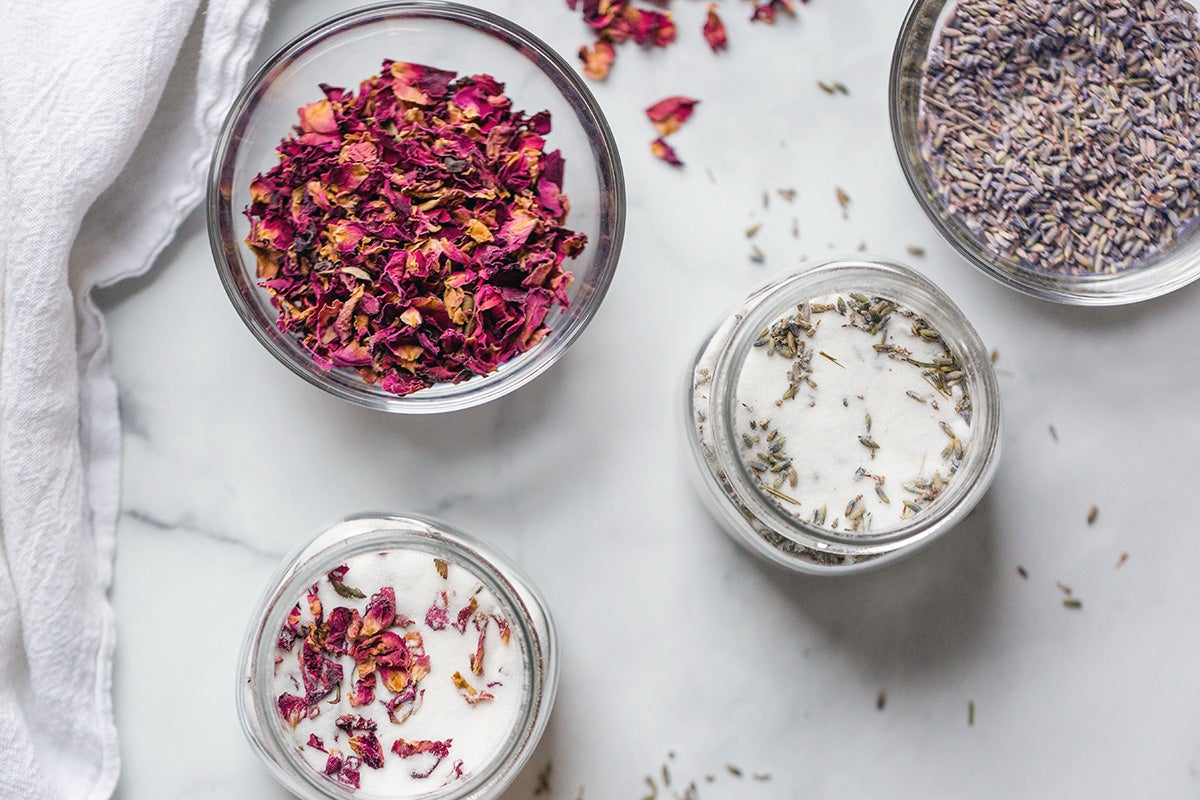
If you remove the rosemary before using the sugar, it'll add an elusive, herbaceous flavor that no one but you will be able to put their finger on. Everyone will love it!
If you can't remember when you bought your dried rosemary, it's best to start fresh (or double the amount to compensate for the potentially weak flavor).
Best used: In shortbread or sprinkled on top of breakfast bread pudding.
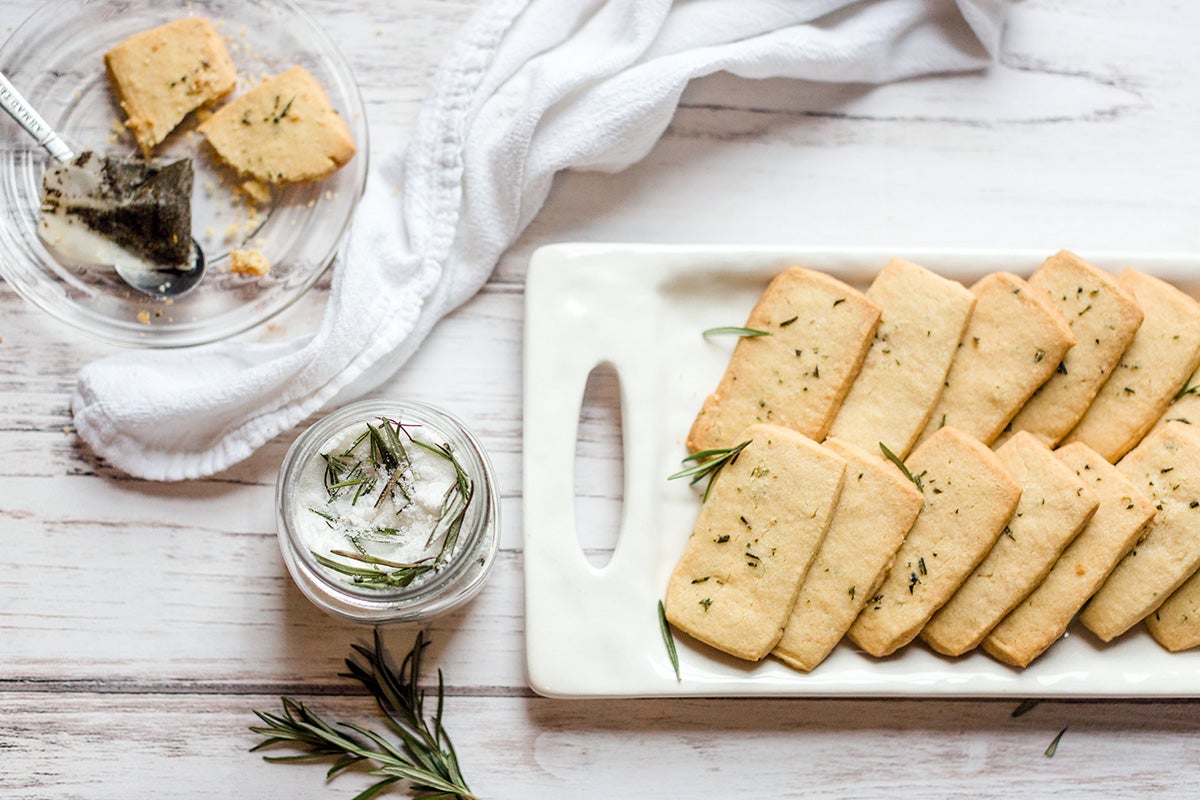
We’ve used 1 cup sugar as the base for these formulas because it fits perfectly in an 8-ounce mason jar. (It's the perfect gift for a baker!) If you want to make a larger volume, simply scale up the ratios. There’s nothing holding you back but the size of your jar!
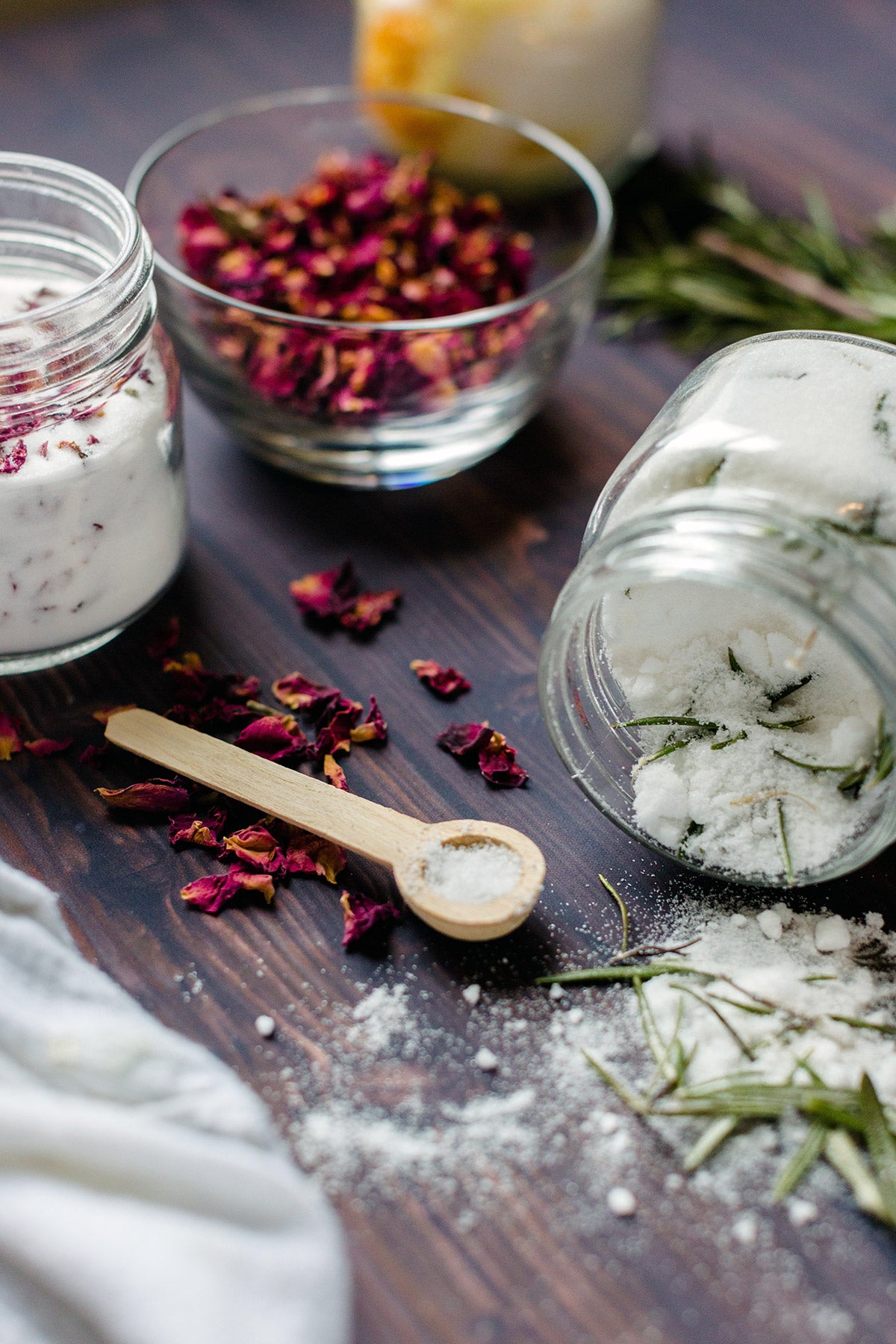
Once you've created a treasure trove of flavored sugars, share them as gifts and save a few for yourself, too. Pull out your favorite recipes and have some fun! Mix and match flavors until you come up with a brilliant combination.
Make a variety of flavored sugars, then use them to transform traditional recipes into new creations.
If you love the idea of making infused sugars, then we're willing to bet you’ll want to make homemade extract, too. Learn how to make vanilla extract at home and round out your handmade gifts. Everyone’s going to hope they’re lucky enough to make it onto your gift list this year.
Let us know what other gifts you’re making (and baking!) in the comments, below.
Thanks to Anne Mientka for taking the photographs for this post.